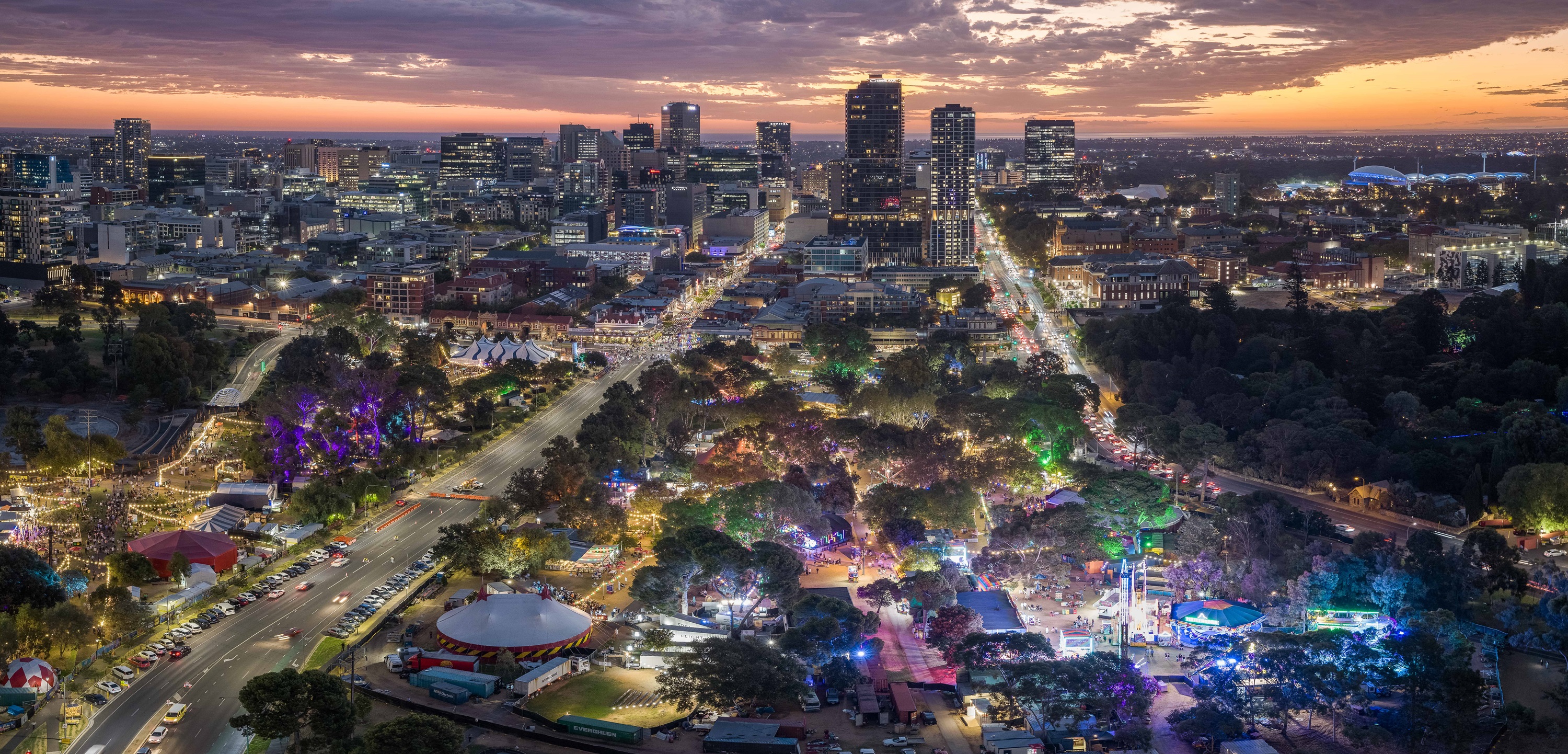We’ve had a steady stream of questions from the Community about water restrictions. So, we are dedicating this week’s question of the week to all things water.
Why do we still have water restrictions after it’s been raining so much?
The recent rainfall has helped but unfortunately, it’s still not enough.
Kempsey Shire will have water restrictions until we get enough rain in the right areas. The Kempsey water cycle is reliant upon the flow of the Macleay River which is impacted by rainfall in the upper Macleay catchment – the area that extends from Armidale to Walcha and across to Bellbrook.
Council monitors four key water indicators which combined trigger the need for water restrictions. These include average rainfall, river flow, Steuart McIntyre dam level and average daily water usage.
Heavy rainfall in Kempsey does not necessarily mean a high river flow and the removal of water restrictions.
Why do the water restrictions impact parts of the Shire not using Steuart McIntyre Dam?
Collectively we are one Shire and although parts of the community may not be using water from the Steuart McIntyre Dam, our Councillors have determined we should always be acting as one in our approach to water restrictions.
The water cycle and ultimate lack of rainfall across the Shire has triggered water restrictions.
A range of measures including water usage, river flow and rainfall all factor into determining if water restrictions are necessary, not just dam levels. Those parts of the shire using bore water and river water are all impacted by the lack of rain replenishing their water resources.
Why are mains being flushed during water restrictions?
Water restrictions are in place to maintain our drinking water. We flush mains for the same reason. To maintain the quality of our drinking water we need to periodically clean the water mains. Water mains are flushed by releasing water at a high flow rate to remove natural sediment build-up so we can deliver safe drinking water to our customers.
Flushing is required following routine maintenance, after emergency repairs, when water sampling data prompts it or in response to dirty water complaints received from the community.
Thank you to the community for your continued actions to use water wisely.







